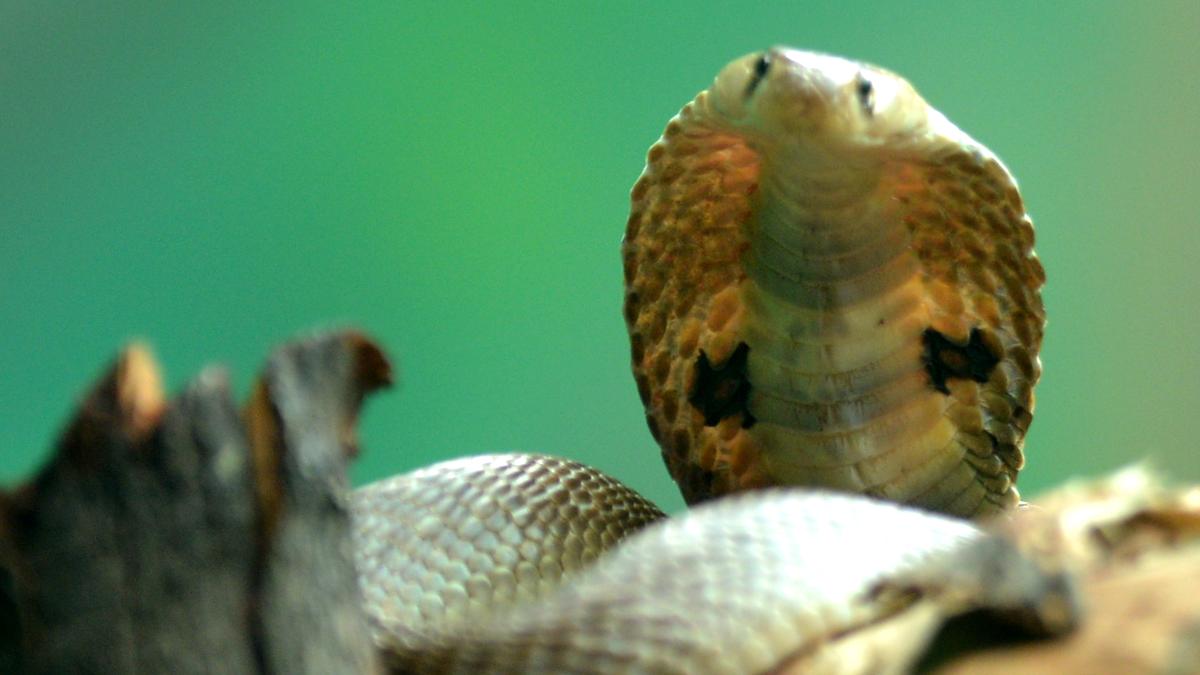
Tamil Nadu’s step towards improved data collection on snakebites Premium
The Hindu
Every year, snakebites claim the lives of tens of thousands in India, and is one of the leading causes of accidental death in rural areas. Agricultural workers, tribal communities, and residents of remote villages bear the brunt of this crisis, which often leads to death, permanent disability, and lasting psychological trauma. In many ways, snakebite is the “poor man’s disease,” disproportionately affecting the country’s most vulnerable populations.
Every year, snakebites claim the lives of tens of thousands in India, and is one of the leading causes of accidental death in rural areas. Agricultural workers, tribal communities, and residents of remote villages bear the brunt of this crisis, which often leads to death, permanent disability, and lasting psychological trauma. In many ways, snakebite is the “poor man’s disease,” disproportionately affecting the country’s most vulnerable populations.
To address the lack of a comprehensive surveillance system for tracking snakebite incidents, the Union Health Ministry has urged health authorities of all the States to declare snakebite cases and deaths as notifiable diseases. This directive mandates that all healthcare facilities, including private ones, report both suspected and confirmed snakebite cases and fatalities.
In her letter dated November 27, Punya Salila Srivastava, Union Health Secretary, said this initiative will help stakeholders gain a clearer understanding of the true burden of snakebites, identify high-risk areas, and pinpoint the factors leading to fatalities, ultimately improving clinical management of snakebite victims.
Just weeks earlier, on November 6, 2024, the Tamil Nadu government took a crucial step by officially declaring snakebite envenoming a notifiable disease under the Tamil Nadu Public Health Act of 1939. This move is aimed at reducing the rising burden of snakebites in the State by enhancing data collection, optimising resource allocation, and improving treatment strategies.
Historically, snakebites have been underreported in India, including in Tamil Nadu, which has hindered effective public health interventions and accurate assessment of anti-snake venom (ASV) needs. A study based on the Million Death Study (2001–2014) estimated that nearly 58,000 people die from snakebites each year — much higher than official figures reported by hospitals. This underreporting calls for better data collection, which the new notification system aims to facilitate.
Under the new regulation, all hospitals — public and private — are now required to report snakebite cases to the State health authorities. This data will be integrated into the State’s Integrated Health Information Platform as part of the Integrated Disease Surveillance Program.
Supriya Sahu, Additional Chief Secretary to the Department of Health and Family Welfare, Government of Tamil Nadu, says that mandating the reporting of every case ensures real-time data collection. This is crucial for understanding the scale and distribution of snakebite incidents across the State. Improved surveillance will allow for quicker medical responses, better resource allocation, and identification of high-risk areas, ultimately reducing fatalities and long-term disabilities, she adds.

Every year, snakebites claim the lives of tens of thousands in India, and is one of the leading causes of accidental death in rural areas. Agricultural workers, tribal communities, and residents of remote villages bear the brunt of this crisis, which often leads to death, permanent disability, and lasting psychological trauma. In many ways, snakebite is the “poor man’s disease,” disproportionately affecting the country’s most vulnerable populations.










